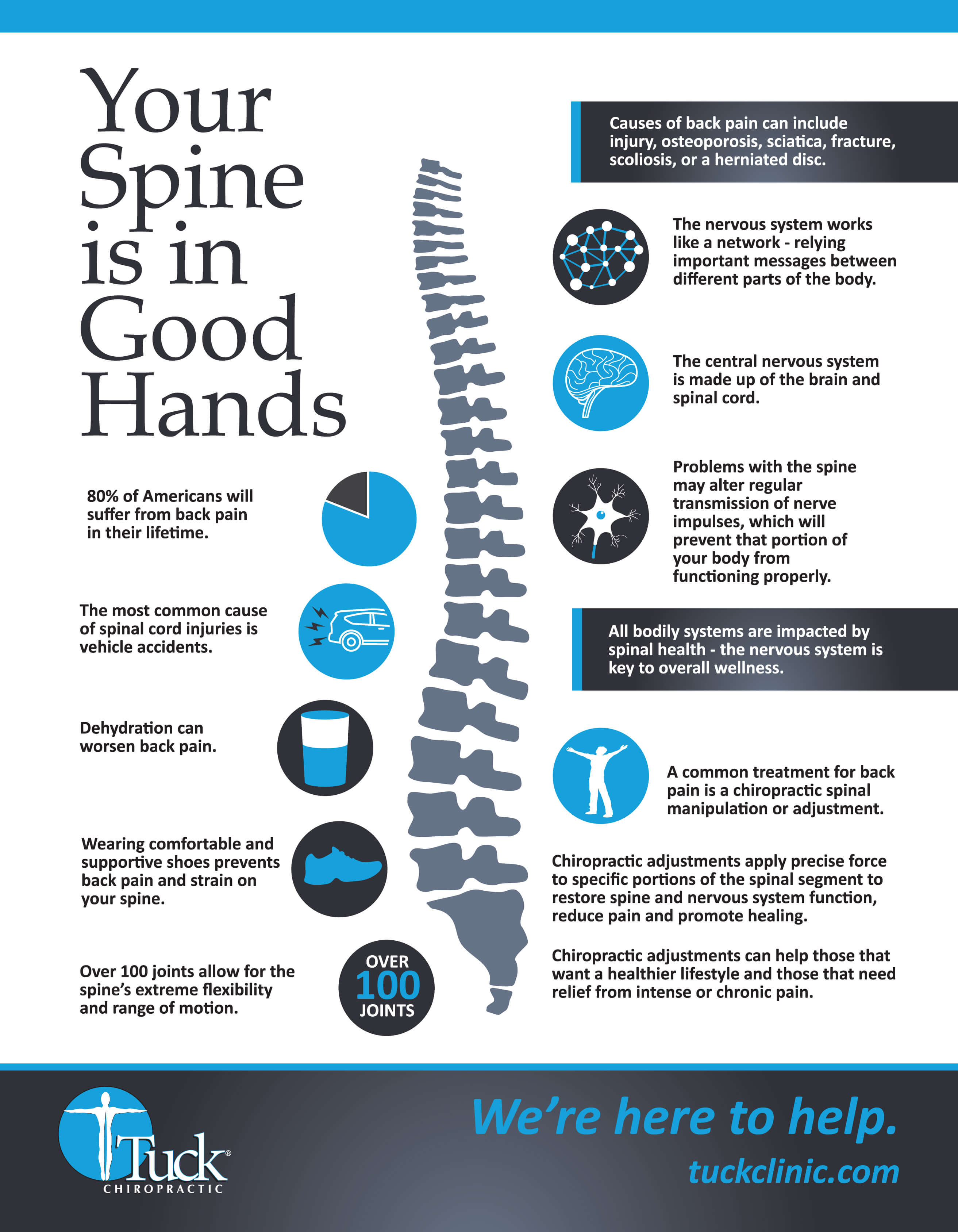Just When You Believe Relief Is Near, Soft Tissue Treatment Reveals Its Uncomfortable Truths-- Discover Why The Procedure Can Be Uncomfortable Yet Beneficial
Just When You Believe Relief Is Near, Soft Tissue Treatment Reveals Its Uncomfortable Truths-- Discover Why The Procedure Can Be Uncomfortable Yet Beneficial
Blog Article
Short Article By-Waddell Conradsen
When you undergo soft Tissue therapy, you might discover it surprisingly uneasy. This discomfort occurs as pressure is related to stressful muscular tissues and broken cells, triggering your discomfort receptors. While it can feel traumatic in the minute, there's a factor behind this sensation. Comprehending what happens in your body during these treatments can aid you value the procedure. So, exactly what is taking place below the surface area?
The Physiology of Discomfort During Soft Tissue Therapy
When you undergo soft Tissue therapy, your body's action to pain is a complicated interaction of physical procedures. As the therapist applies pressure, your body triggers discomfort receptors, sending signals to your mind. This triggers the launch of natural chemicals, such as compound P and glutamate, which amplify the experience of pain.
Your muscular tissues may also tighten in action, additional making complex the experience. Additionally, your body might launch endorphins, all-natural medicines that can help relieve some discomfort.
The communication between these processes can produce an unique experience for every person. Recognizing this physical action helps you navigate the feelings during therapy, enabling you to value the balance in between discomfort and the potential for healing advantages.
The Role of Discomfort in the Healing Process
Although pain during soft Tissue treatment can feel overwhelming, it plays a crucial duty in the recovery process. When you experience discomfort, your body is signaling that it's working to fix broken cells. This action helps enhance blood circulation to the damaged area, delivering crucial nutrients and oxygen required for recovery.
Additionally, pain can advertise the release of endorphins, your body's natural pain relievers, producing a sense of alleviation post-treatment. Accepting this discomfort can assist you understand your body's limitations and encourage you to attend to underlying concerns.
While it's awkward currently, this process is crucial for lasting recuperation and improved function. Identifying pain as an important part of healing can empower you to stay committed to your therapy.
Tips for Managing Pain Throughout and After Treatment
Taking care of discomfort throughout and after soft Tissue treatment can dramatically boost your overall experience and recuperation.
To begin, interact honestly with your therapist about your pain levels; they can adjust strategies accordingly. Using deep breathing methods can additionally aid you unwind and ease pain.
Take into consideration using ice to the treated location post-session to lower inflammation and numb pain. Remaining hydrated Read Much more in the recuperation process, so consume alcohol a lot of water.
check out this site extending and light activity after therapy can promote blood flow and convenience tightness. Last but not least, guarantee you get ample rest to enable your body to heal.
Applying these suggestions can make your soft Tissue treatment much more convenient and delightful.
Verdict
In conclusion, while soft Tissue therapy can be awkward, it's essential to recognize that this pain plays a crucial role in your recovery trip. By recognizing the physical responses at play, you can approach the treatment with a much more positive attitude. Remember, the preliminary pain commonly paves the way to alleviation as your body releases endorphins. Embrace the procedure, and don't think twice to use the pointers for taking care of discomfort to improve your experience and healing.
